Tariffs are teaching us about climate breakdown
Deliberate disruption of supply chains & alliances will impact local economies in ways that reflect system-level threats posed by climate breakdown. Readiness & resilience must be top priorities.
Tariffs are a touchy subject, for many reasons. The most significant are likely these three:
Tariffs are a tax on the people of the country that imposes them.
Tariffs create tension, division, and potentially debilitating difficulties between partner countries.
Tariffs may benefit a select few, but certainly not most people, and cause widespread economic disruption.
When taken together, these three effects of tariffs tend to lead to serious supply-chain disruptions. Lower trade costs allow for more goods and services from more places to compete for consumers' attention; that pushes down prices and allows for an optimizing effect, where some countries produce particular goods or services very well and efficiently, and others specialize in others.
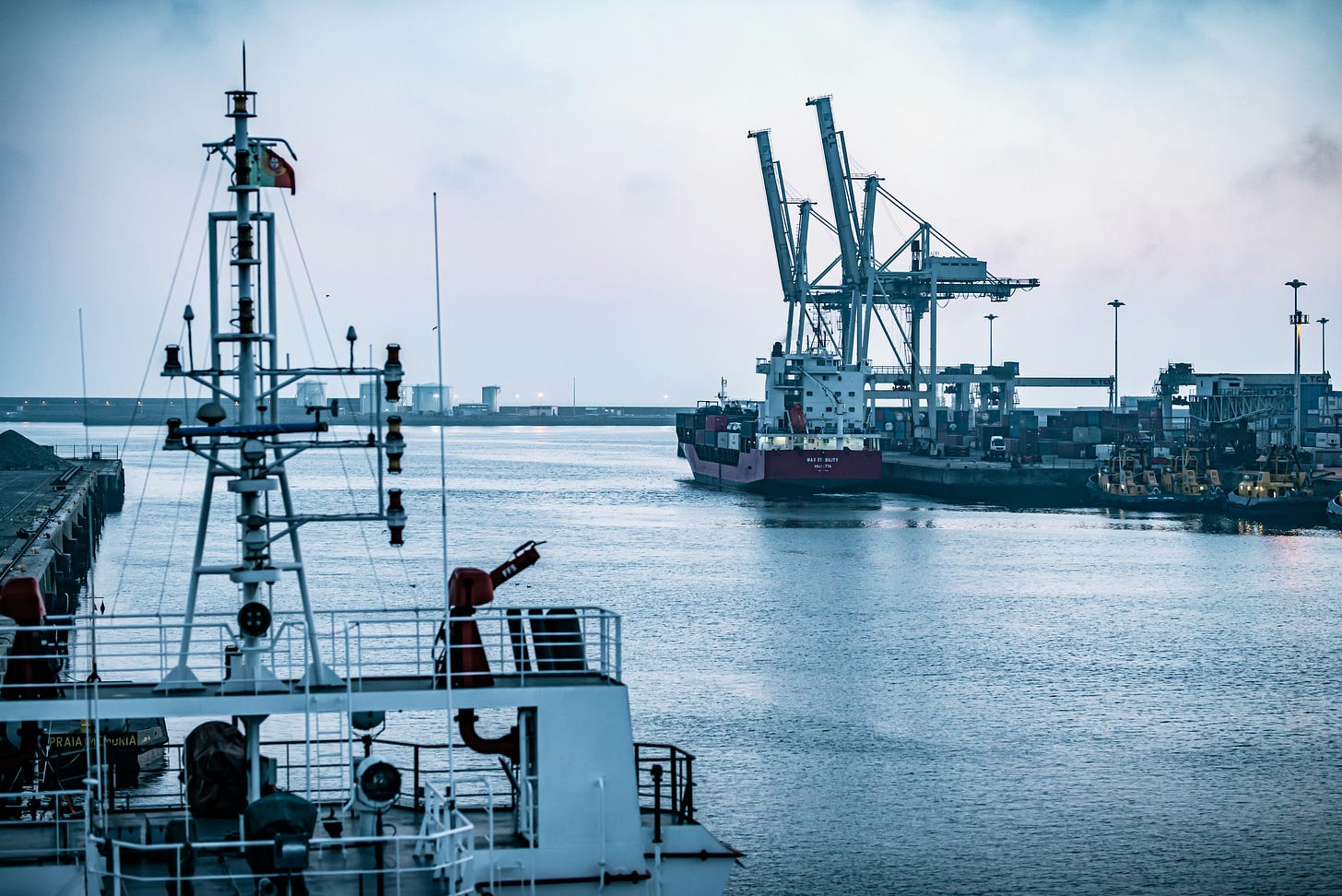
That is the primary benefit of trade: A country's people can access goods and services done well and cost-effectively, which would be harder to achieve domestically. When trade slows, or breaks down, supply chains fail, and need to be reconstructed. As a result, it becomes more expensive and time-consuming to achieve the same outcomes.
Some of this is common sense, and most of it is being reported widely now that extraordinary tariffs have been announced by the Trump administration. The tariffs are opening space for important learning about the resilience of industrial supply chains, infrastructure development strategies, and the drivers behind advanced technological innovation.
The risk of pervasive disruption and unpredictable ripple effects is why the Economic Policy Uncertainty (EPU) index has reached a higher level this week than during the worst days of the COVID-19 shut-downs five years ago. At that time, entire national and regional economies shut down and supply chains broke so deeply, many have not fully come back yet, all while millions of people lost their lives to a lethal pathogen no one was sure we could overcome.
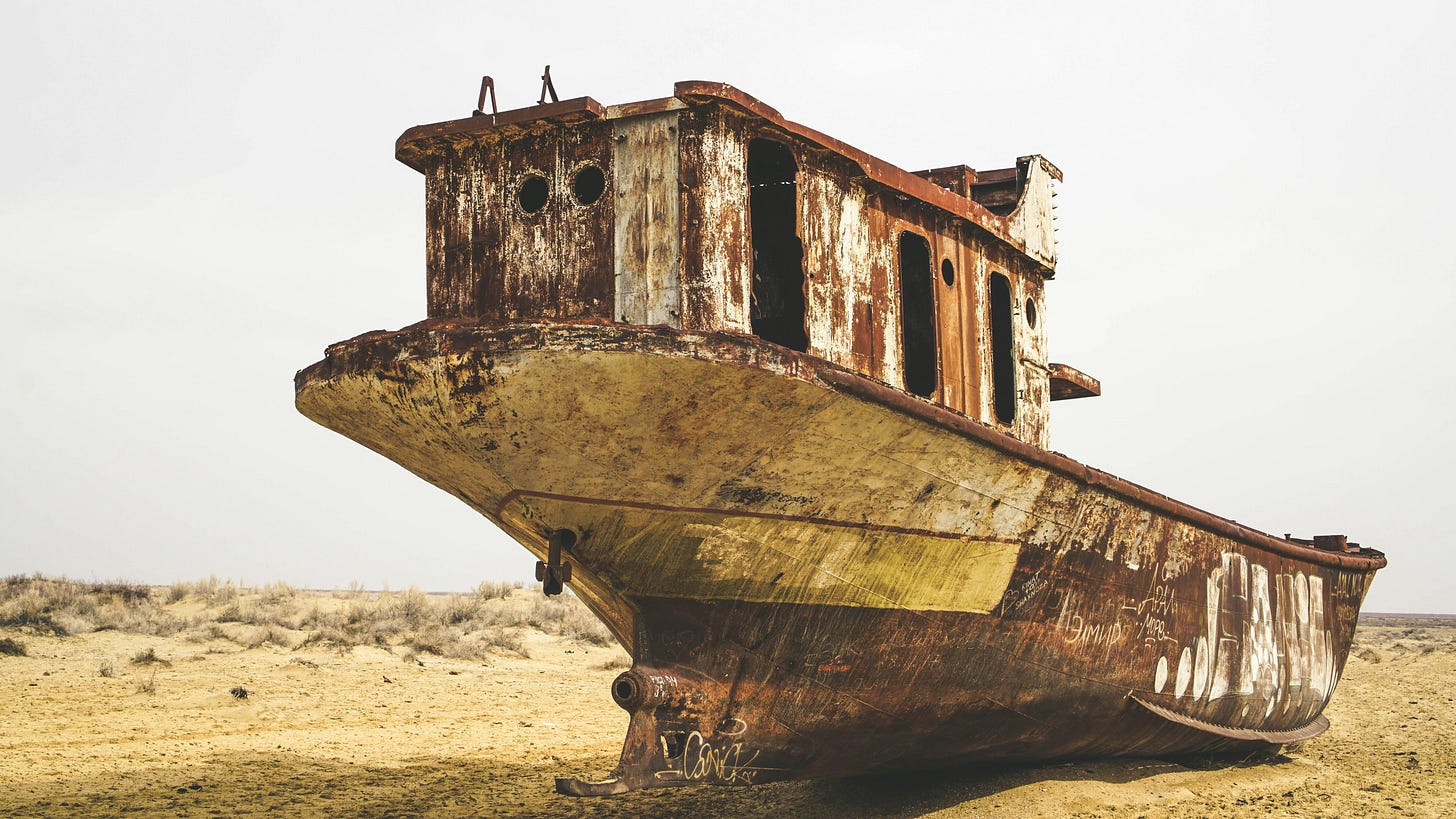
Local economies are also learning what happens when everyday economic activity is disrupted and degraded by forces beyond any local decision-maker's control. Even before the tariffs go into effect, there has been significant restructuring of core market assumptions and incentives. The stresses raise critical questions:
Can critical supplies and routine services be replaced, if necessary?
Are there credit and financing or insurance options that will help local businesses get through hard times?
Does high-cost trade favor more capital-intensive or labor-intensive investment priorities in local markets?
Given these interacting forces, how do local and state governments respond to create the right incentives and support structures?
Climate breakdown will create these same kinds of tensions. Climate breakdown refers to the proliferating costs, disruptions, losses, and eventual erosion of resources to sustain everyday security and wellbeing. Like tariffs, climate breakdown will make it harder to meet everyday needs, but because it will be a planetary crisis, not a policy choice, the ramifications could be much more sustained, pervasive, and compounding. Entire regions may become uninhabitable.
The details will be different, but climate-related supply chain disruptions will bring higher costs, reduced economic efficiency, fewer options for everyday operations and fewer safeguards to get through hard times. It is also important to think about the secondary and wider ripple effects.

Not all disruptions will happen with your own local store or your own preferred commercial vendor. The critical disruption may be several degrees removed from your local environment, or from any of your suppliers. What that means, in practice, is that scarcity will not be immediately visible to you; it will begin to creep in somewhere else, and by the time it hits you, it will feel sudden and extreme.
Many of the financial mechanisms used to deal with routine disruptions are flexible, but narrowly focused, allowing for marginal shortages or temporary disruptions. It is much harder to finance a catastrophic supply shortage, or a prolonged (2 to 6 months, or longer) disruption in revenues. Emergency financial arrangements, new kinds of insurance, will be needed.
And of course, the L.A. wildfires and increasingly destructive hurricanes and prolonged droughts, are making clear: Insurance companies may not be in a position to provide affordable climate-shock insurance to everyone who needs it.
The reactions and geopolitical dynamics of climate breakdown spreading across the wider world may also look something like a trade war. When food and water are scarce, countries become less eager to export food; that results in food supply protectionism and retaliatory measures, which can deepen already serious and costly disrputions.
It is also worth noting: climate breakdown puts lives on the line. That is a step beyond inefficient trade barriers. When food and water are impossible to get, when entire regions cannot provide affordable power, when routine services fail, and urban centers or rural landscapes are destabilized, people flee in search of safety. A trade war will bring economic migration, and related tensions; climate breakdown will bring desperate, life-or-death migration, with far more disruption and risk to all involved.
By creating a maddening thicket of trade-related complications for allies and rivals alike, Trump is inadvertently illuminating the challenge of unchecked climate breakdown. An important response for most people and institutions will be to develop comprehensive resilience strategies, which will be needed whenver supply chains are stressed or breaking down.
Another aspect of this alignment, between trade war and climate breakdown, is the need for negotiated improvements to the ensuing chaos. Trump himself is now talking about negotiation to avoid total calamity, maybe noticing that he will not be well-liked if everyday goods become either too expensive or too scarce to acquire.
Climate breakdown negotiations can start long before disaster strikes, and should be used to build a safer, freer, more resilient future. While a lot of emphasis on climate cooperation focuses on emissions trading, the Paris Agreement calls for ‘non-market’ cooperation—everything that is not emissions trading—to reduce climate danger, support adaptation and resilience, fight poverty, and support sustainable development.

The opportunity inherent in such multidimensional climate cooperation encompasses nearly every aspect of the macroeconomy, and could be the prime driver of new investment into local economies. As we reported recently from a discussion on climate-smart trade and finance:
Even with trade wars looming, and related economic uncertainty imposing early and potentially long-running costs, the opportunity to use trade to build momentum for a climate-smart future is real and immediate… Such cooperative arrangements are not only strong candidates for improved deployment of climate-related finance; they are means of mainstreaming and, by extension, rapidly scaling climate-smart financial innovation.
As nations and groups of nations work to extricate themselves from the threat of unchecked tariff-driven economic chaos, they should look not only to reduce trade barriers, but to create smart, cooperative, outcome-focused trade blocs, where those creating the most value for climate-resilient development are supported by market trends and incentives.
This is a strategic foresight note by Joseph Robertson, for The Navigator. Read more about Climate Value, risk, and resilience at ClimateValue.net





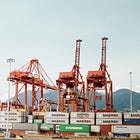

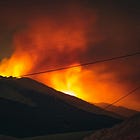

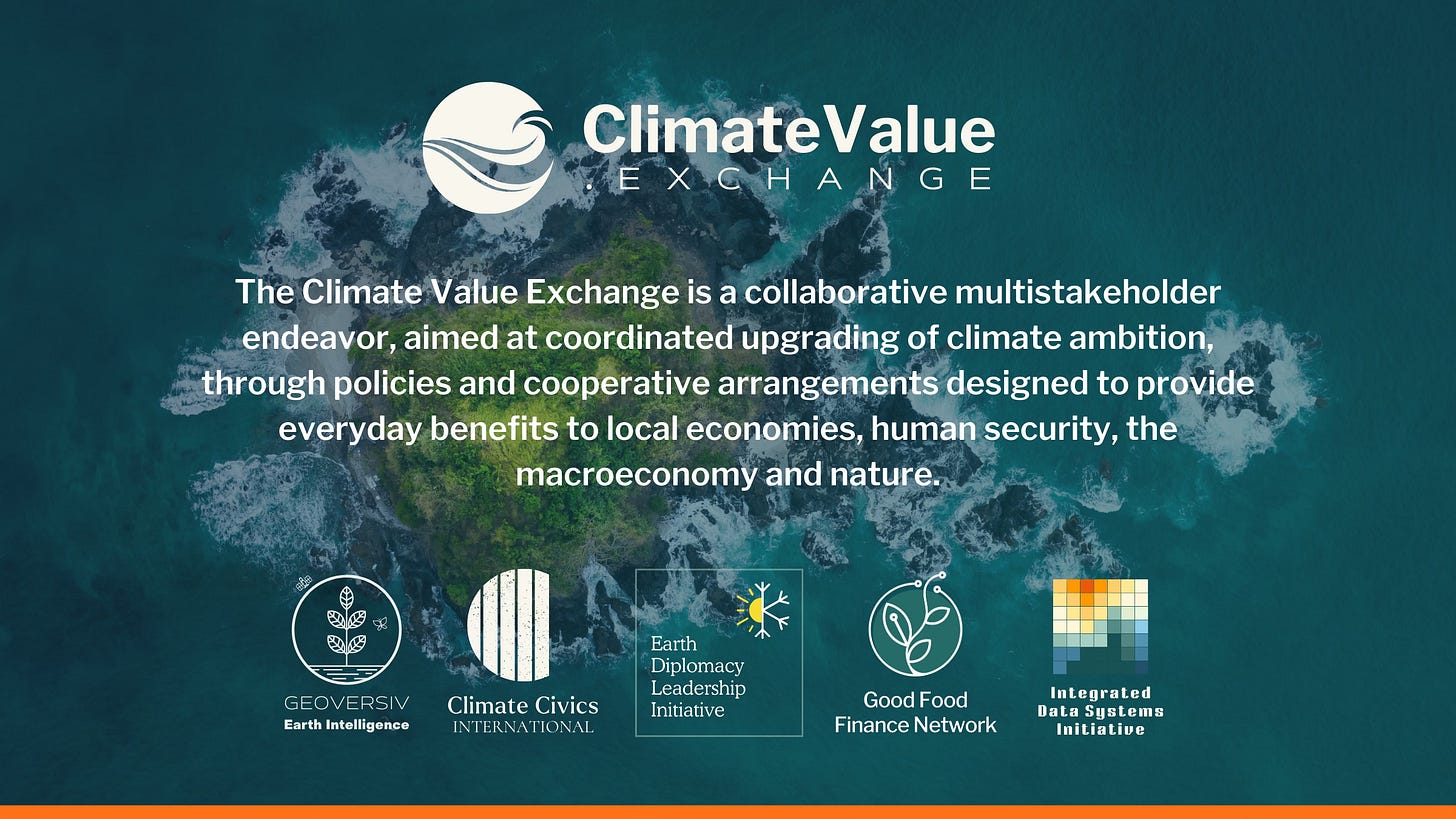
Nice description by Joe Robertson. Most people do not realize the combination of economic plus climate threats that are currently existing for some and looming for all. Dr. Robertson needs to be listened to.